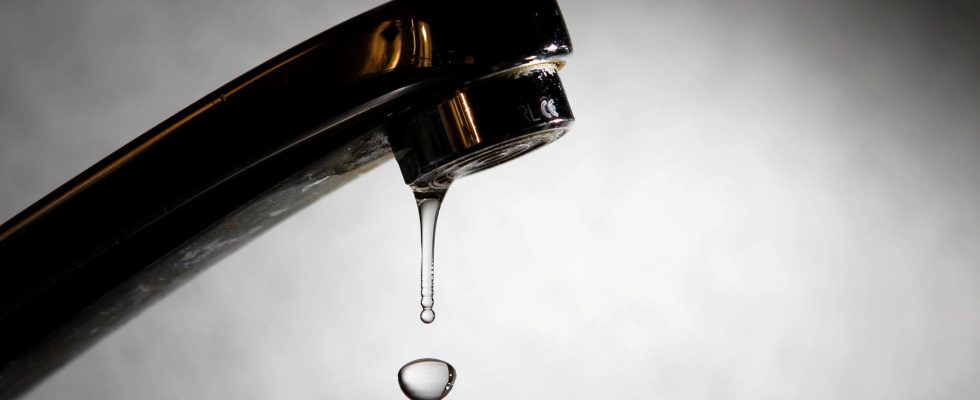The skyfalls can bring an unpleasant surprise for anyone with their own drinking water well.
– If you’re unlucky, wastewater can get in, says hydrogeologist Anders Retzner.
Heavy rainfall in the last few days has caused sewage to enter the Göta River, among other places. The treatment plants in several parts of the country simply cannot cope with the large amounts of water and have to bypass some untreated water into waterways and lakes. The risk is that that water gets into drinking water systems.
But even outside cities and communities, a heavy downpour can create problems for the ability to get clean water from the tap.
Approximately two million Swedes have their own well connected to their house or summer residence.
– The first thing you should check is actually where your well is located, says Anders Retzner, hydrogeologist at the Geological Survey of Sweden.
– You want to place it as high in the terrain as possible. But regardless of where it is placed, you want to prevent surface water from entering it. That the lid is intact and similar.
Look and smell
Keeping water pools away from the well is another piece of advice for those who want to ensure that nothing unwanted reaches the drinking water.
– If the accident is well underway, you can do a little risk assessment yourself. Check the color of the water. Groundwater, which you have in the well, must be clear. If you notice that it is browner or smells different, then it is an indication that you have received surface water.
Should surface water (rainwater) get in, the recommendation is to boil what is to be used for food and hygiene until further notice.
– You can also always send in a sample for analysis to find out if the water is serviceable or not, says Anders Retzner, but adds that it varies from municipality to municipality how long the analysis takes.
Not just rain
However, it is not only the well that risks causing problems in heavy downpours.
– If you have your own sewer, it is important to think about where it is in relation to your own well. After all, the wastewater must be slowly cleaned as it makes its way through the ground. And when there are such fast flows, the transport time is not as long. Then the cleaning is not the same as with normal flows.
TT: The risk is simply that the sewage gets into the drinking water if you are unlucky?
– Yes exactly. If you’re unlucky, it can get inside.
TT: Is there a rule of thumb for those who feel insecure about their well?
– Actually, it’s to keep track. Check the cover, go outside and look. If the well is under water, it is probably wise to boil the drinking water.
